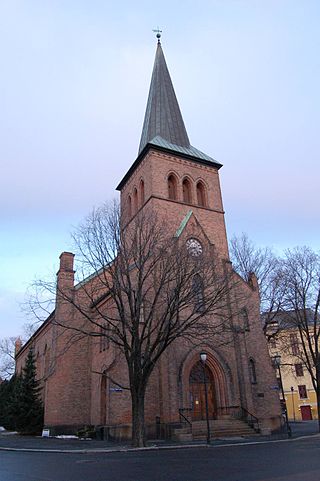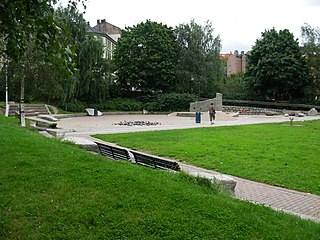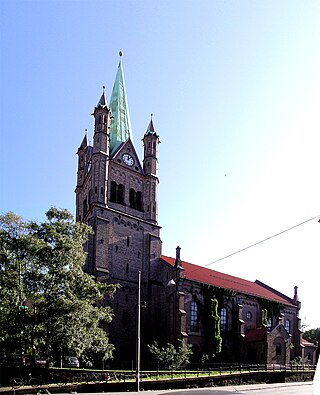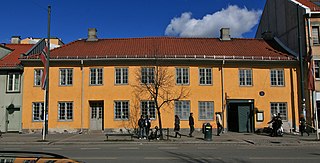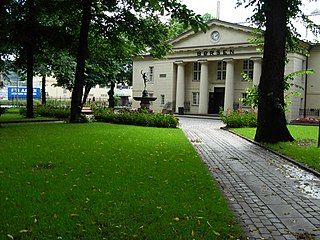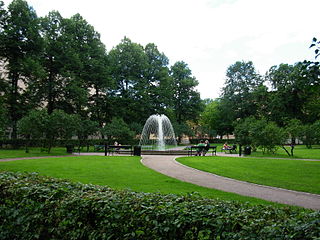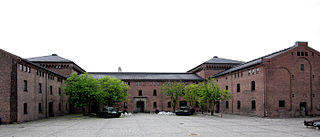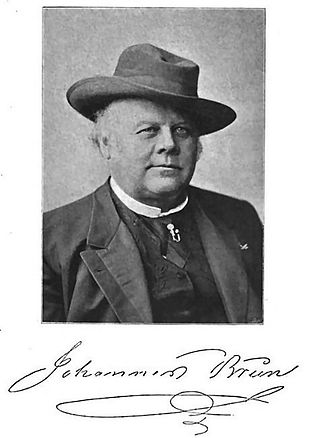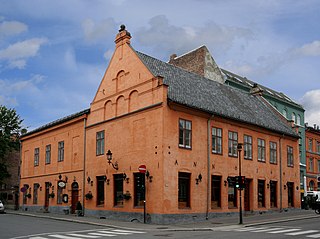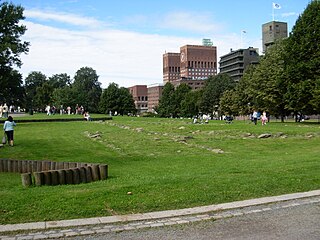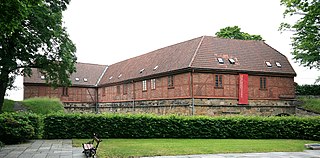Self-guided Sightseeing Tour #7 in Oslo, Norway
Legend
Guided Free Walking Tours
Book free guided walking tours in Oslo.
Guided Sightseeing Tours
Book guided sightseeing tours and activities in Oslo.
Tour Facts
6.9 km
183 m
Experience Oslo in Norway in a whole new way with our free self-guided sightseeing tour. This site not only offers you practical information and insider tips, but also a rich variety of activities and sights you shouldn't miss. Whether you love art and culture, want to explore historical sites or simply want to experience the vibrant atmosphere of a lively city - you'll find everything you need for your personal adventure here.
Activities in OsloIndividual Sights in OsloSight 1: Kampen kirke
Kampen Church is a church in the neighborhood of Kampen in Oslo, Norway. The church was consecrated 29 November 1882. After a fire in Kampen in 1878, the plans for the reconstruction of the neighborhood included a new church. In 1880, the neighborhood was founded a new congregation, that was located elsewhere until the church was finished.
Sight 2: Sommerfrydhagen
Sommerfrydhagen is a park with a playground and universal accessibility at Tøyen in Oslo, specially adapted for the disabled. The name probably comes from the loop Sommerfryd, which in the 1800s was located where the park is located today.
Sight 3: St. Hallvard kirke
St. Hallvard's Church and Monastery on Enerhaugen in Oslo, Norway, not far from the former medieval St. Hallvard's Cathedral, is the location of the largest current parish of the Catholic Church in Norway. The Catholic parish church for eastern Oslo, it was run by the Franciscans until 1 September 2008.
Sight 4: Grønland kirke
Grønland Church is a church located in the neighbourhood of Grønland in the borough of Gamle Oslo in Oslo, Norway.
Sight 5: Asylet
Asylet is the popular name of a building located at Grønland 28 in Oslo, Norway.
Sight 6: Oslo Spektrum
Oslo Spektrum is a multi-purpose indoor arena located in east central Oslo, Norway, that opened in December 1990. It is currently owned and operated by Nova Spektrum, formerly Norges Varemesse. Oslo Spektrum is primarily known for hosting major events such as the annual Nobel Peace Prize Concert, the Eurovision Song Contest 1996, and concerts by artists of national and international fame.
Sight 7: Oslo Opera House
Get Ticket*The Oslo Opera House is the home of the Norwegian National Opera and Ballet, and the national opera house in Norway. The building is situated in the Bjørvika neighbourhood of central Oslo, at the head of the Oslofjord. It is operated by Statsbygg, the government agency which manages property for the Norwegian government. The structure contains 1,100 rooms in a total area of 49,000 m2 (530,000 sq ft). The main auditorium seats 1,364 and two other performance spaces can seat 200 and 400. The main stage is 16 m (52 ft) wide and 40 m (130 ft) deep. The angled exterior surfaces of the building are covered with marble from Carrara, Italy and white granite and make it appear to rise from the water. It is the largest cultural building constructed in Norway since Nidarosdomen was completed circa 1300.
Sight 8: Børshagen
Børshagen is the park around Børsen in Kvadraturen in central Oslo. Under the name Grønningen, Børshagen was the first attempt at public planting in Norway and was laid out just after 1800, but was not completed until after the foundation of the Society for Christiania Byes vel in 1811. A few years later, the stock exchange building was erected on the site, but the remains of the park are still intact.
Sight 9: Oslo Stock Exchange
Get Ticket*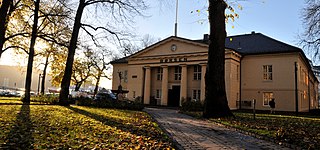
Oslo Stock Exchange is a stock exchange within the Nordic countries and offers Norway's only regulated markets for securities trading today. The stock exchange offers a full product range including equities, derivatives and fixed income instruments.
Sight 10: Grev Wedels plass
Get Ticket*Grev Wedel's Square is a park that covers one block in Kvadraturen in central Oslo. The park was established in 1869 and reopened in 1988.
Sight 11: Defence Musuem
The Armed Forces Museum of Norway is a museum located at Akershus Fortress in Oslo, Norway. Previously it was named Hærmuseet, The Army Museum. The museum consists of mostly army materiel. The Armed Forces Museum is the main museum sorting under the Norwegian Armed Forces Museum superstructure.
Sight 12: National Monument for War Victims 1940-45
The "National Monument for the Victims of War 1940-45", also referred to as the "National Monument at Akershus Fortress" or simply "The National Monument", is a monument in memory of Norwegian fallen during World War II. The war memorial was designed by Gunnar T. Janson. It was erected at Festningsplassen at Akershus Fortress in Oslo in 1970.
Wikipedia: «Nasjonalmonumentet for krigens ofre 1940-45» (NO)
Sight 13: Gamle Logen
Get Ticket*Gamle Logen is a concert hall and music venue located at Grev Wedels plass 2 in Oslo, Norway. The hall also hosts artistic performances, conferences, banquets and private parties.
Sight 14: Johannes Brun
Johannes Finne Brun was a Norwegian stage actor.
Sight 15: Gamle rådhus
Gamle rådhus is a building with a long history in Oslo, Norway. It is one of the oldest buildings in the Norwegian capital. It was built as the first town hall in Christiania in 1641. The construction of the town hall got financial support by King Christian IV. The building has historically been used for many purposes. A restaurant was appointed in a side wing in 1856 and moved to the main house in 1925. From 1980 to 2010 a theatre museum was located in the side wing of the first floor. The Old Town Hall is listed and protected by law by the Norwegian Directorate for Cultural Heritage.
Sight 16: Kontraskjæret
Kontraskjæret is an area in Oslo, Norway.
Sight 17: Norway's Resistance Museum
Norway's Resistance Museum also known as the Norwegian Home Front Museum is a museum located at the Akershus Fortress in Oslo.
Sight 18: Akershus slottskirke

Akershus Castle Church (Garrison Church) is the main church of the Norwegian Armed Forces. The garrison chaplain is responsible for planning and coordinating church services and church actions. The church is located on the floor below Christian IV's hall at the castle.
Sight 19: Monument to the victims of MS Scandinavian Star Disaster 1990
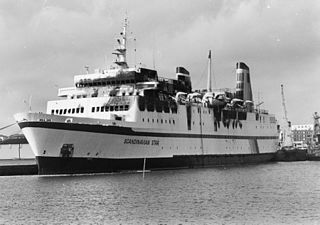
MS Scandinavian Star, originally named MS Massalia, was a car and passenger ferry built in France in 1971. The ship was set on fire on 7 April 1990, killing 159 people. The official investigation determined the fire had been caused by a convicted arsonist who died in the blaze. This finding has since been disputed.
Share
How likely are you to recommend us?
Disclaimer Please be aware of your surroundings and do not enter private property. We are not liable for any damages that occur during the tours.
GPX-Download For navigation apps and GPS devices you can download the tour as a GPX file.
